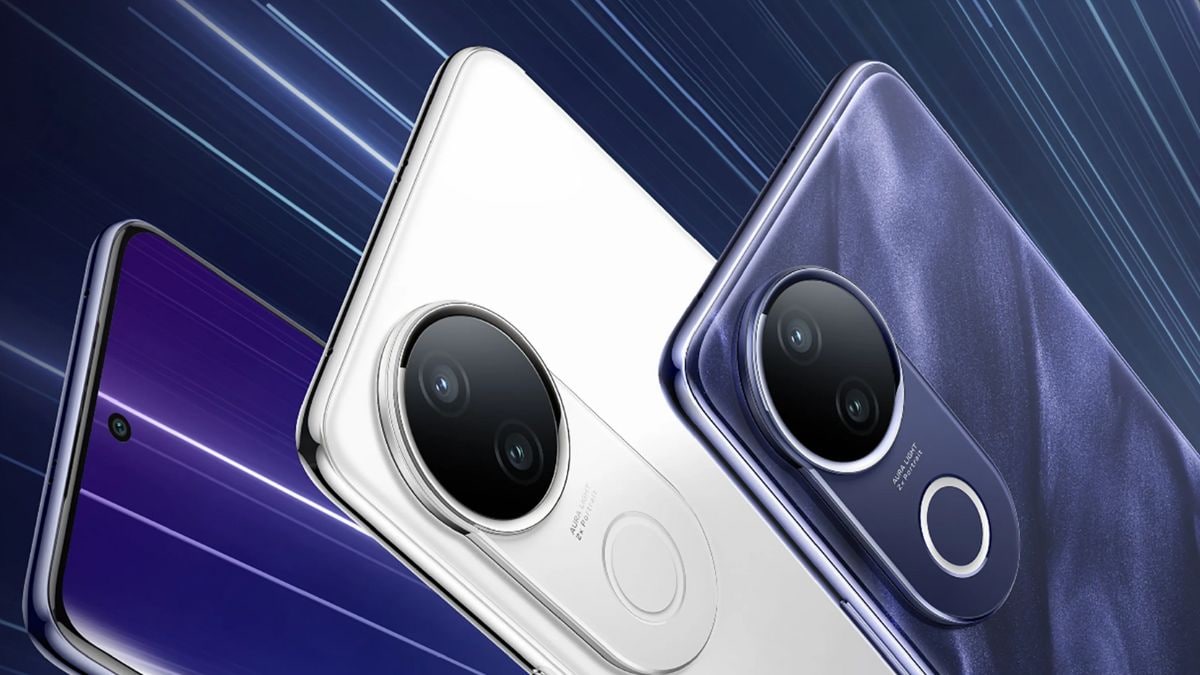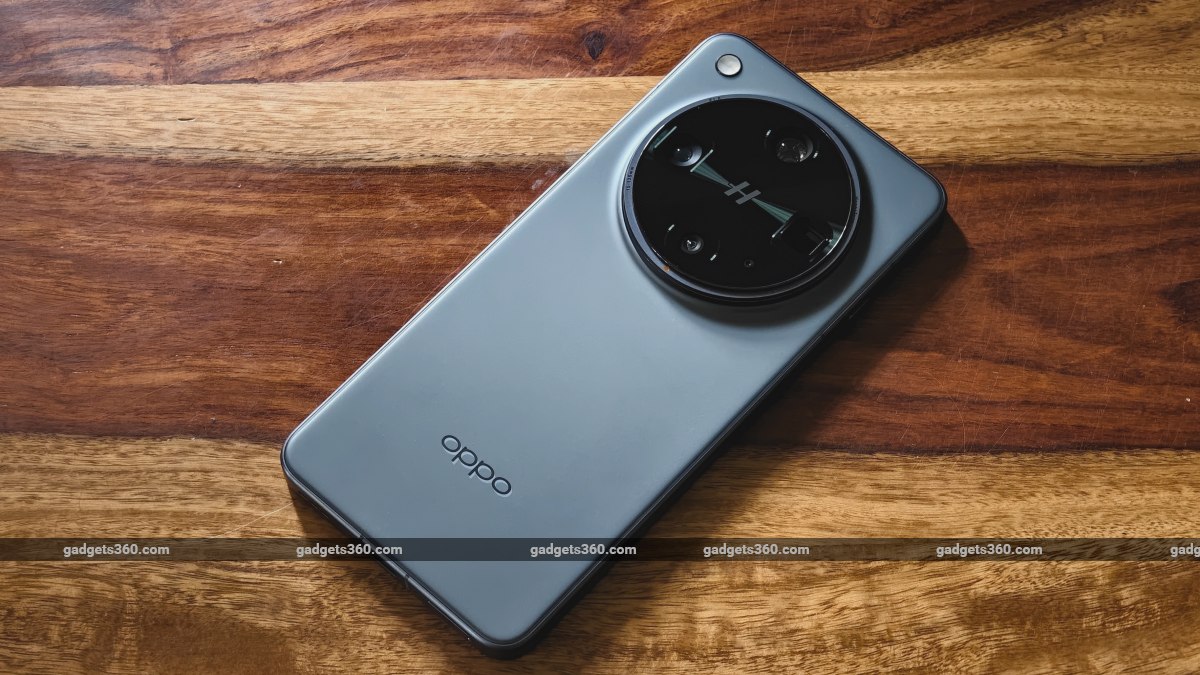After four years of clacking, I was ready for a change.
I first made the jump from a membrane keyboard to a mechanical one in 2020 with an $80 Aukey keyboard. It was a hulking mess loaded with 104 keys, an enormous volume knob, and gaudy blue buttons specifically there for on-board RGB customization. Its flaws didn’t concern me, though; I was too busy obsessing over the sweet sound of clicking. It didn’t take much to turn me into a convert, as I could feel myself typing with better precision thanks to the tactile and audio feedback.
A lot has changed for me in those four years. A shedding cat and a new home co-working setup with my partner meant that my loud, hair-collecting PC setup had become a detriment to my needs. I needed a new solution, and Turtle Beach’s Vulcan 2 TKL Pro was the perfect experiment. The keyboard would once again push me out of my typing comfort zone by introducing me to the world of magnetic Hall Effect switches. Now that I’ve tried it, I’m not sure I’ll be going back anytime soon.
Magnetic typing
I began running into problems with my Aukey setup about a year into owning it. While I was fond of its loud switches, they tended to collect cat hair and other debris much quicker than I thought. I was constantly wrenching keys off to clean it, pulling up spools of dust. It didn’t hold up to wear and tear very well either, as keys would consistently stick on me after a few years of constant use. The last straw came when my girlfriend and I moved in together and I suddenly became hyper-aware of just how loud the switches were. That, paired with a move to a smaller desk space, meant that I had a lot of problems to solve.
While my original plan was to move to a similar Alienware mechanical keyboard, I decided to give the Vulcan 2 TKL Pro a try when it came across my desk for testing. Its compact size was a much better fit for my needs, so that was a good start. I plugged it in, watched its white frame light up with color, and started typing. I was taken aback for a moment; it felt and sounded completely different than what I was used to, but I couldn’t figure out why.
What I hadn’t realized at the time is that the Vulcan 2 uses magnetic Hall Effect switches instead of the standard mechanical ones I was used to. That’s a newer technology in which the keys don’t actually make physical contact with anything when pressed. Instead, they use magnets to register keystrokes. In theory, that leads to both more-precise typing and more-durable keys. Considering that my old keyboard needed constant maintenance, I was especially intrigued by that second part. Despite my initial unease about the feel, I decided to stick with it.
The Vulcan 2’s switches are much quieter than what I’m used to.
The first hurdle was getting used to what felt like a harder, shorter stop when I pressed a key down. The Vulcan’s switches felt a little more rigid than what I was used to originally, which initially felt a little hard on my fingers. Once I adjusted to that (using the Swarm 2 app to adjust actuation), I quickly got a sense for how satisfying Hall Effect switches can be.
My typing has felt more fluid than my old mechanical keyboard, as I can move between keys faster without losing accuracy. That’s helped by the fact that the Vulcan 2 uses some especially smooth key caps that almost make me feel like I’m gliding over porcelain tiles. They’re thin caps resting on high switches, leaving a lot of space for the RGB lights to shine through and confirm each individual keystroke with a quick flash.
While the feel may be an acquired taste, the drop in decibel level is a big upgrade. With no physical contact being made, the Vulcan 2’s switches are much quieter than what I’m used to. The sound is more in between a mechanical and membrane keyboard. They still make a noise, but it’s more of a muted clacking, as if I’m typing under a blanket. It’s a warmer, less harsh tone that I’m sure will be significantly less annoying to my girlfriend when she’s working one room away.
The big test, though, would come down to how well it would handle the mess that comes from a cat who loves to hang out on my desk. Her shedding was ultimately my mechanical keyboard’s downfall, and I hoped that Hall Effect switches would get rid of any contact interferences that might have been cutting into my keystrokes.
While it’s too early to say how that’ll shake out, I have noticed that it’s much easier for me to actually see that debris in my keyboard now. Because of its economical switch design, I can see straight down to the board and spot any stray hairs between keys. That makes it easier to maintain on the fly, as I can simply blow it out rather than wrenching keys off to even see the board. That makes me hopeful that I’ll have a keyboard that both lasts longer and looks cleaner.
For the time being, I don’t plan on packing up my Vulcan 2 anytime soon. I’m sold on the concept of Hall Effect tech for now thanks to precise typing, easy customization, and a gentler sound. Turtle Beach’s stab at it feels strong, especially at a $150 price point, even if I wish the keys had just a bit more flex to them (extras like a volume knob, palm rest, and the very useful Swarm 2 app make up for that nitpick).
Will my honeymoon phase stand the test of time, or will I be looking to the next big trend once my keys inevitably wear out? I’ll tell you in four years, but something tells me the Vulcan 2 will survive that wait.
Editors’ Recommendations








.png)
